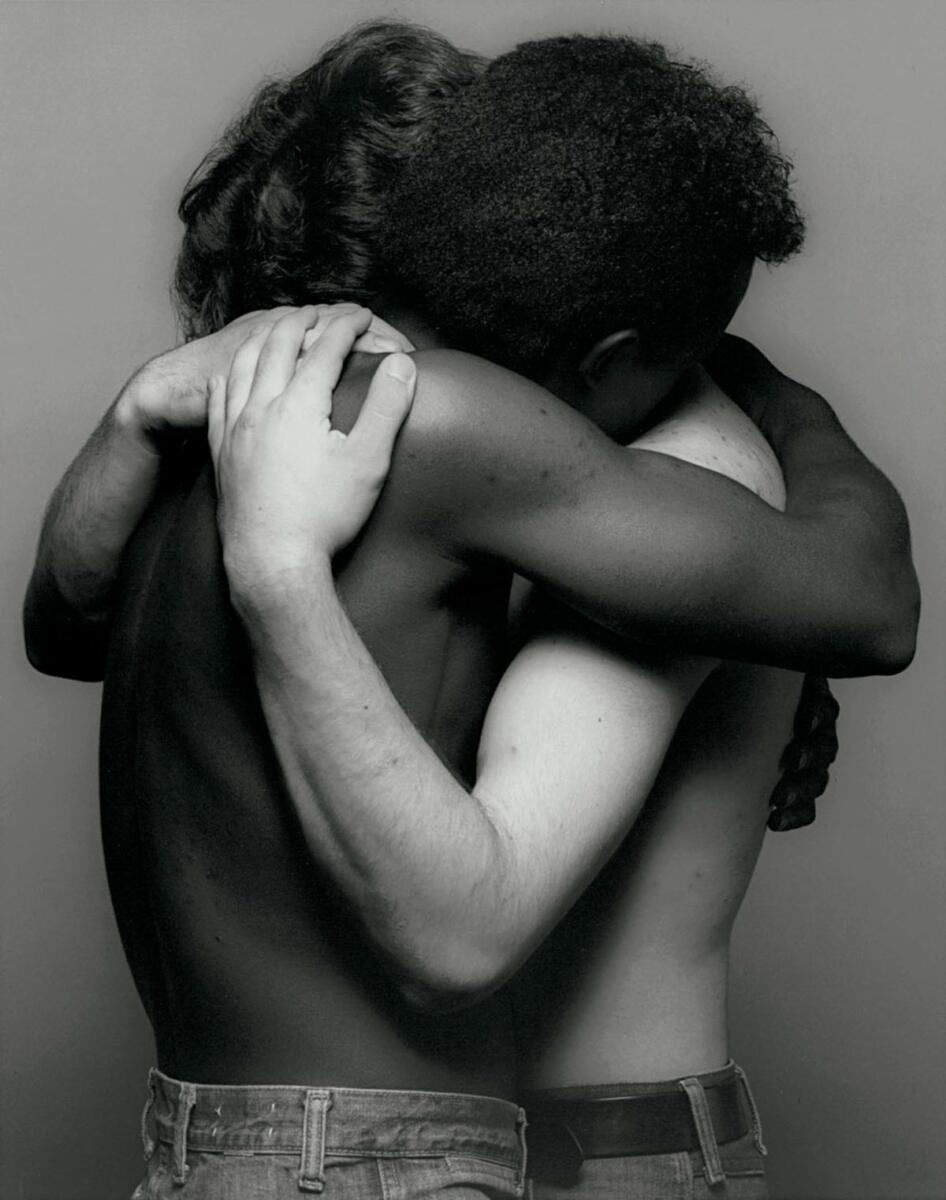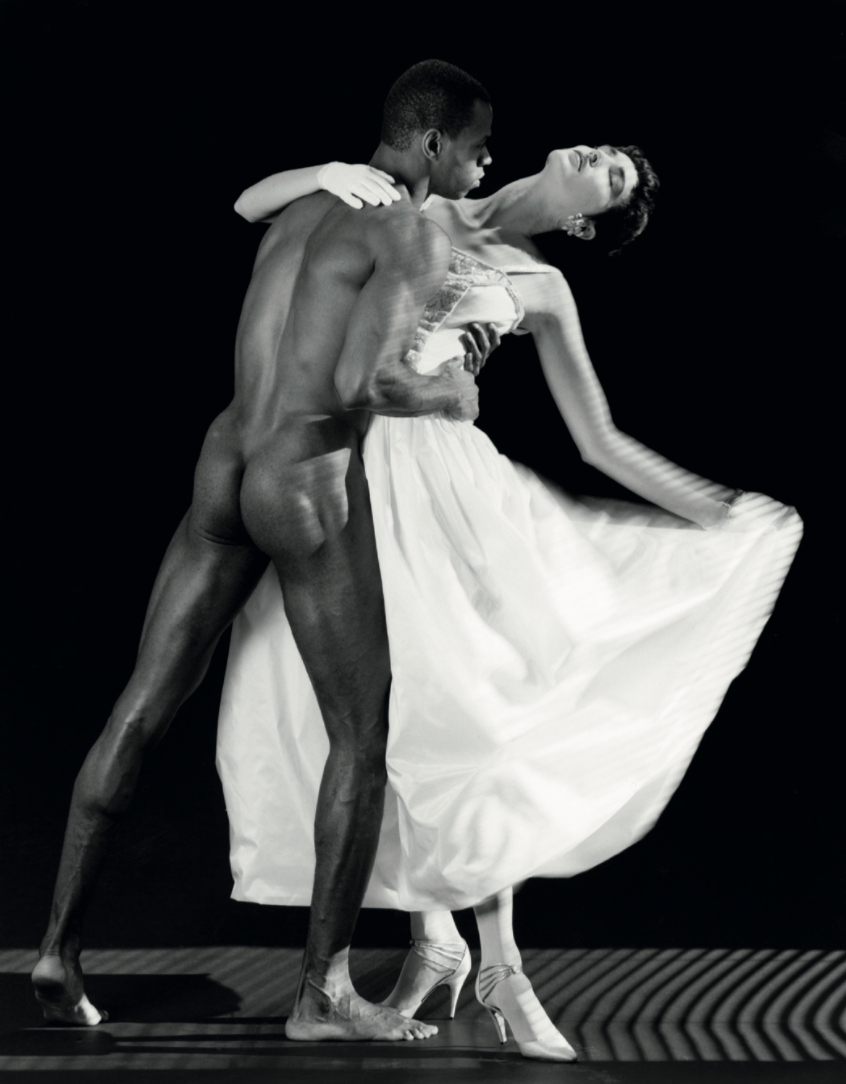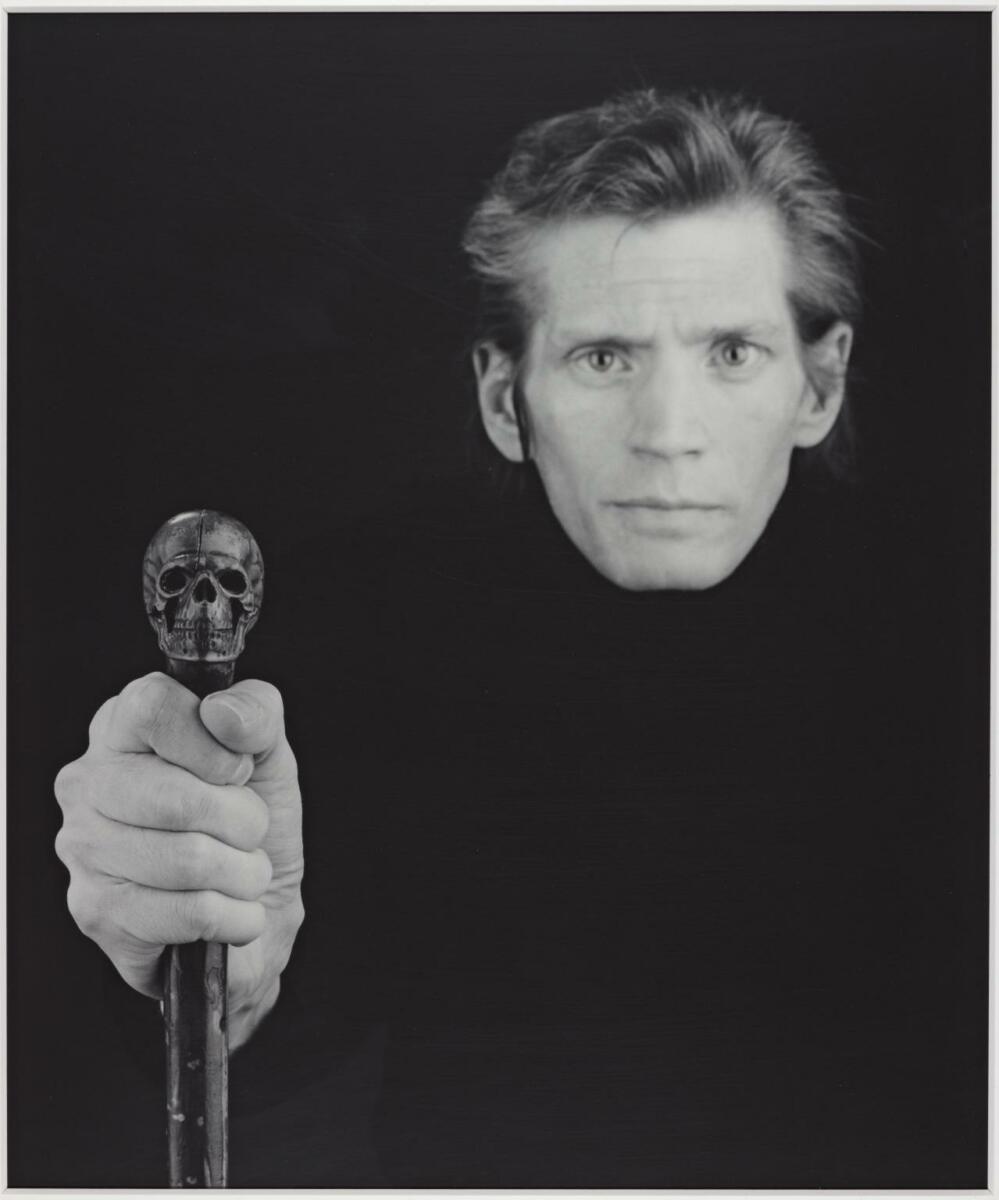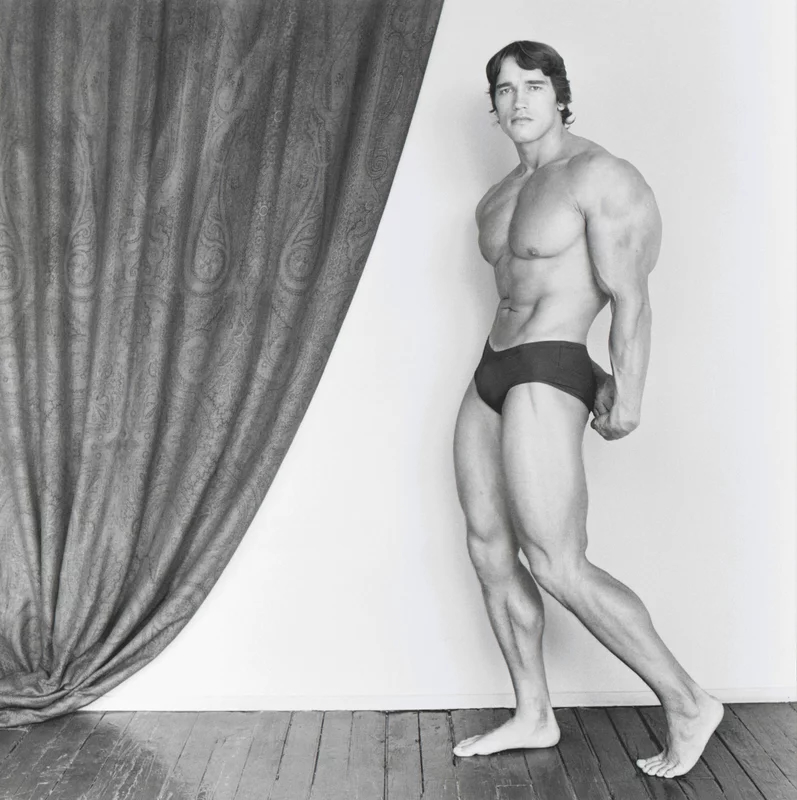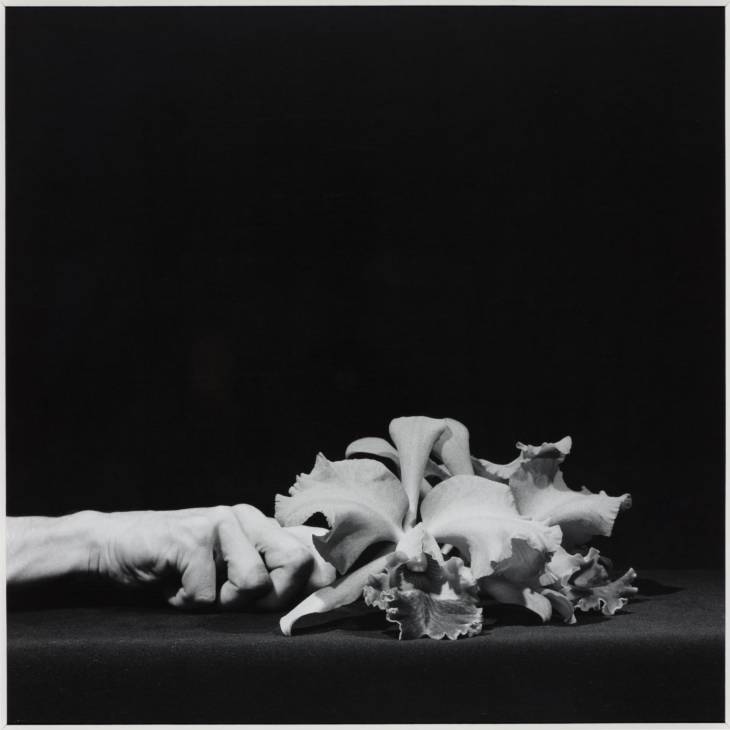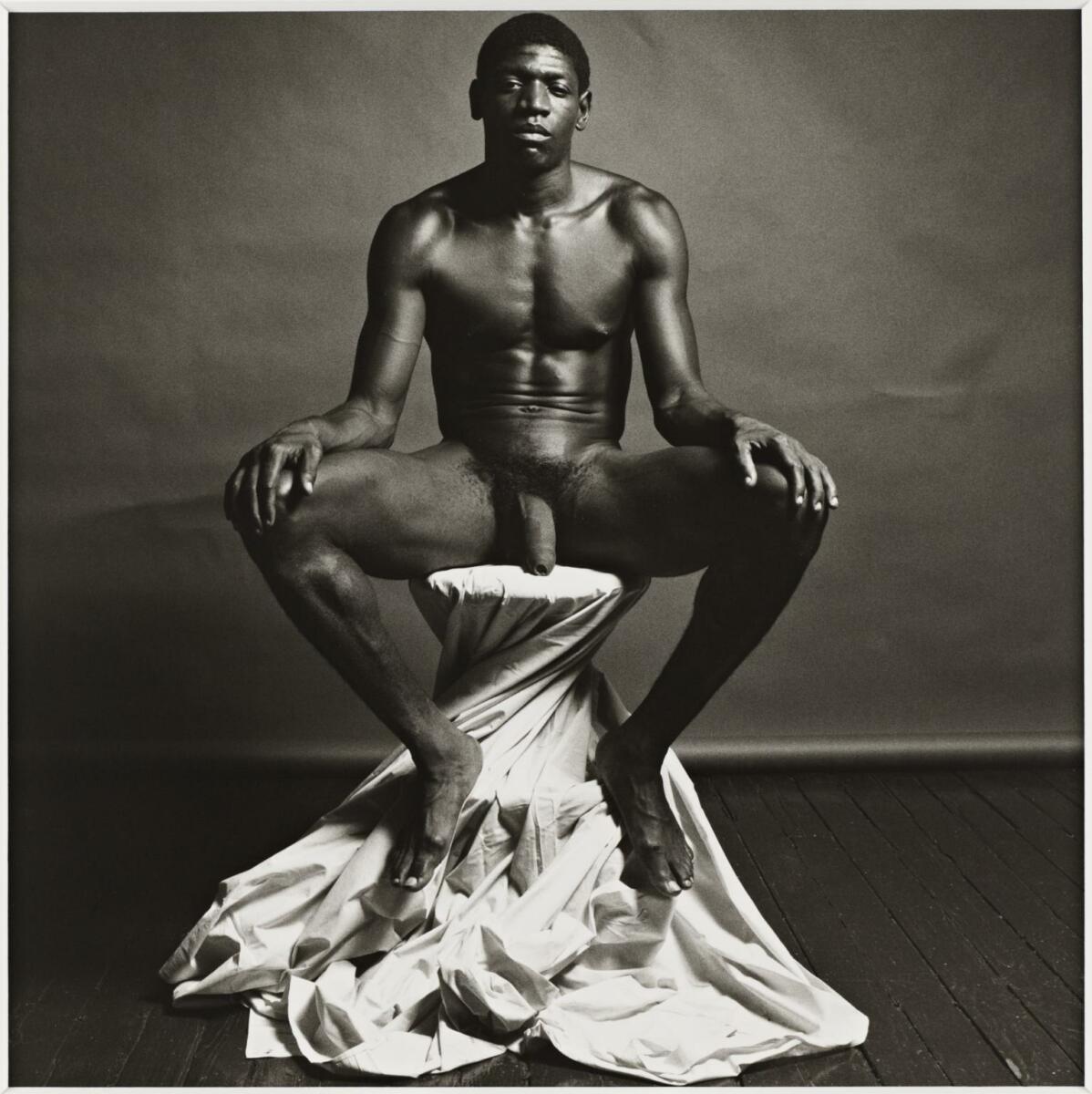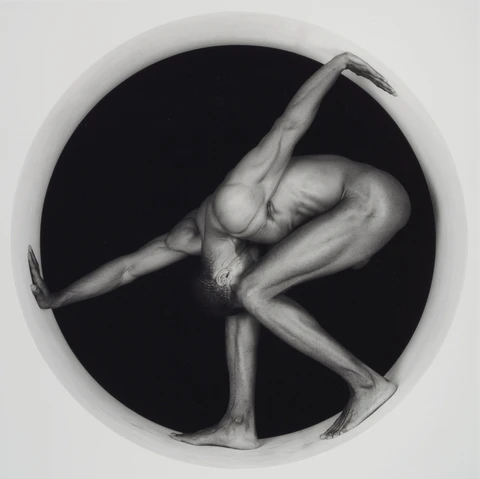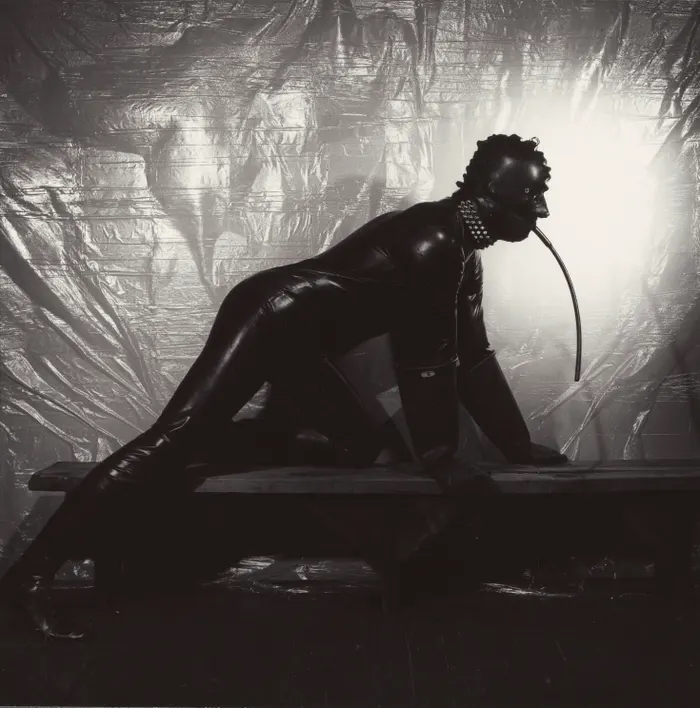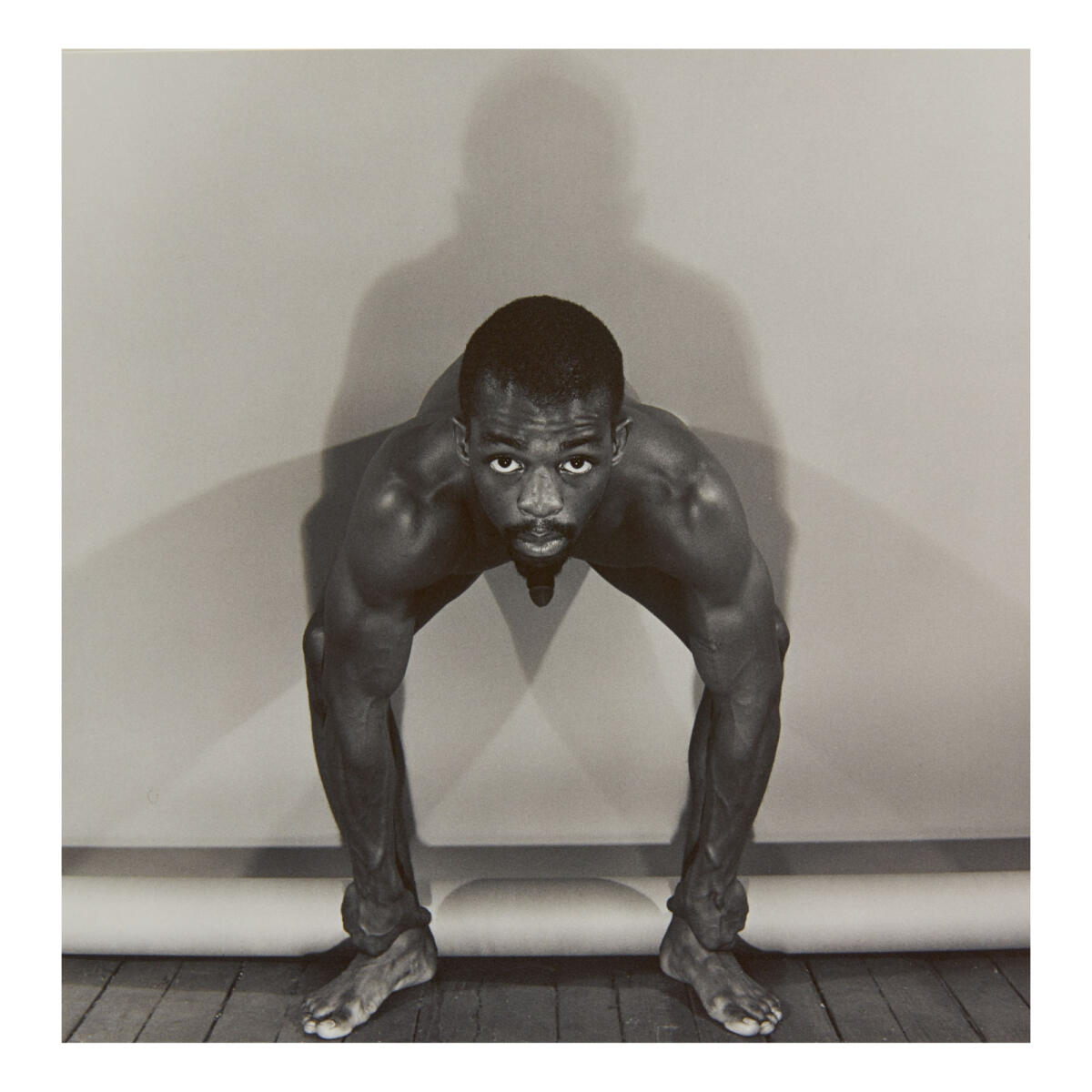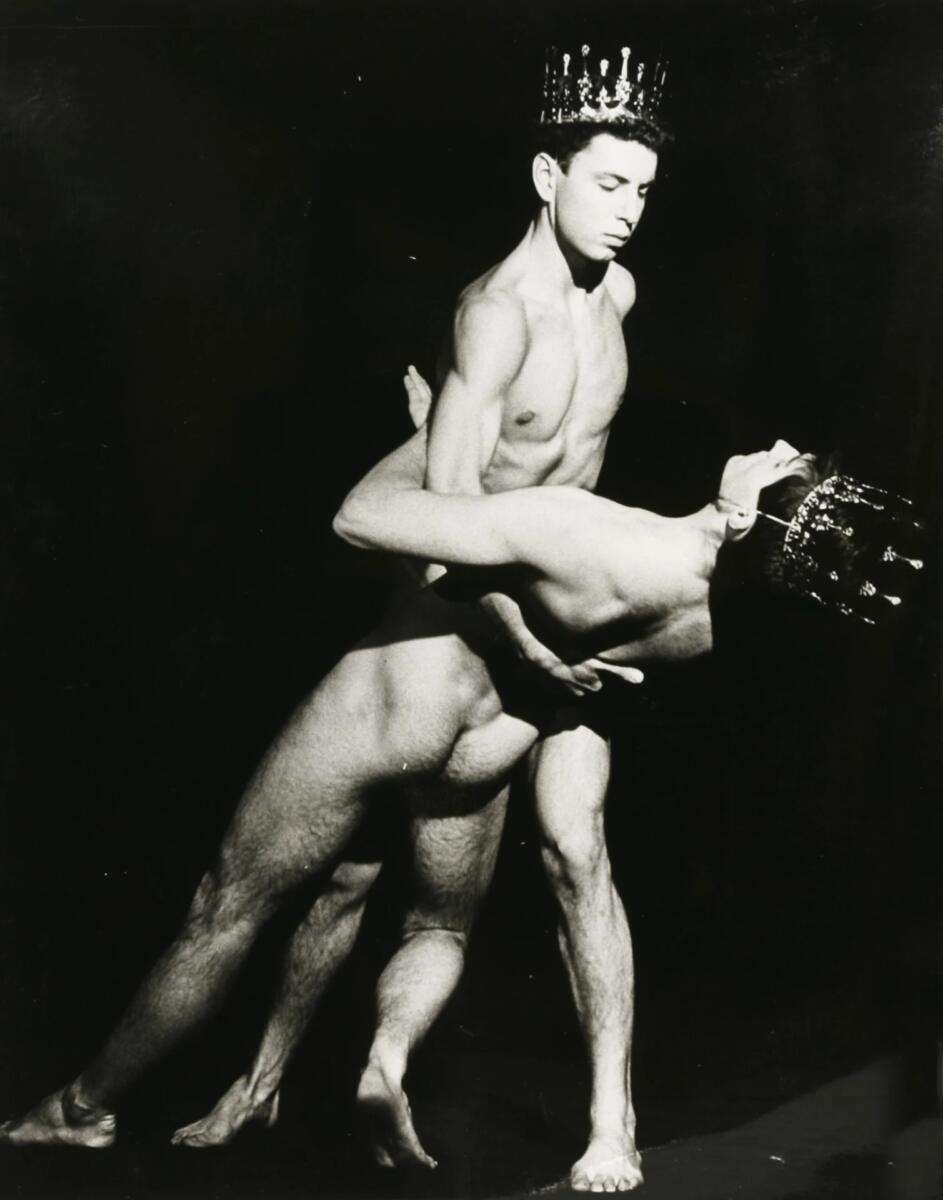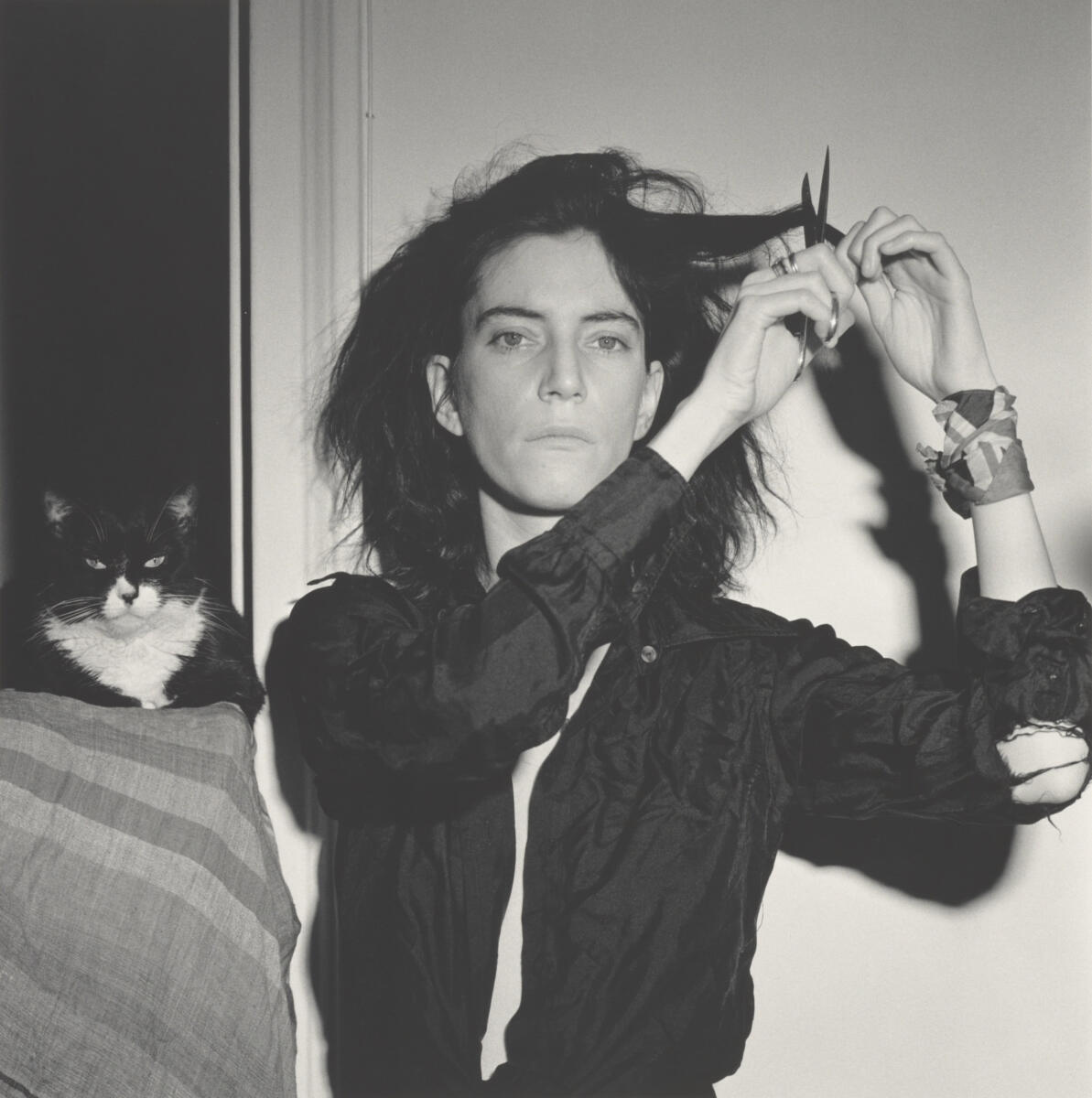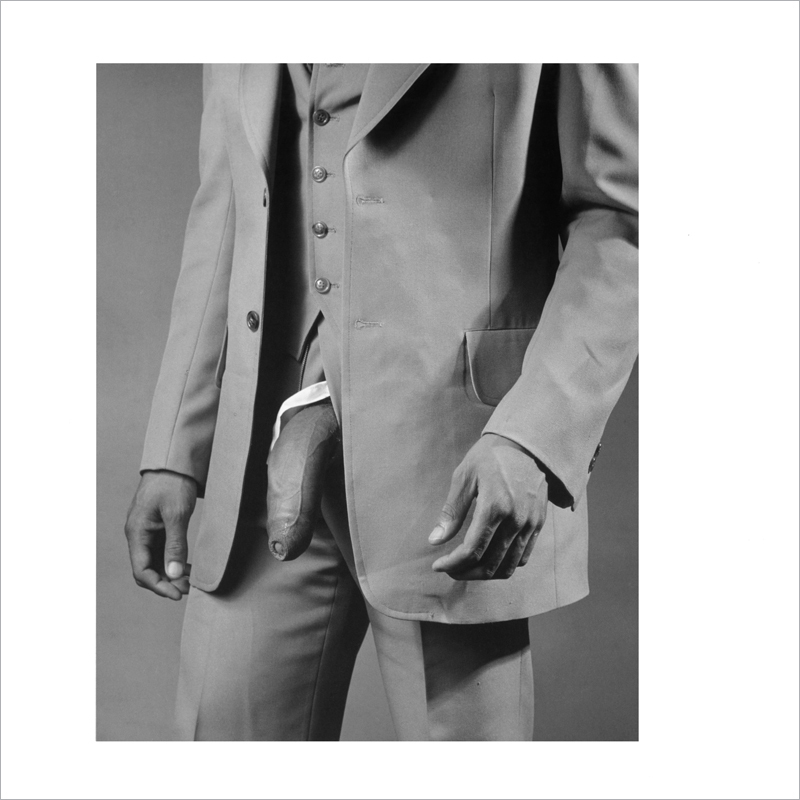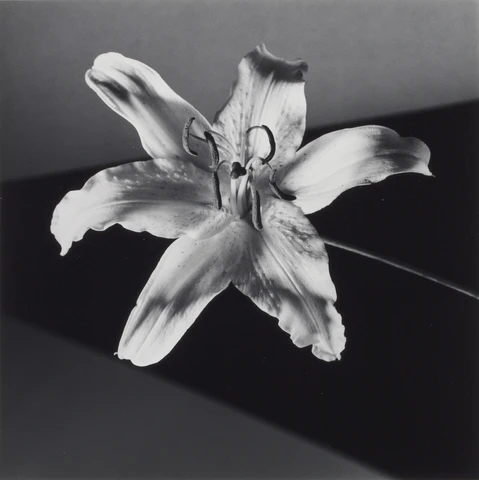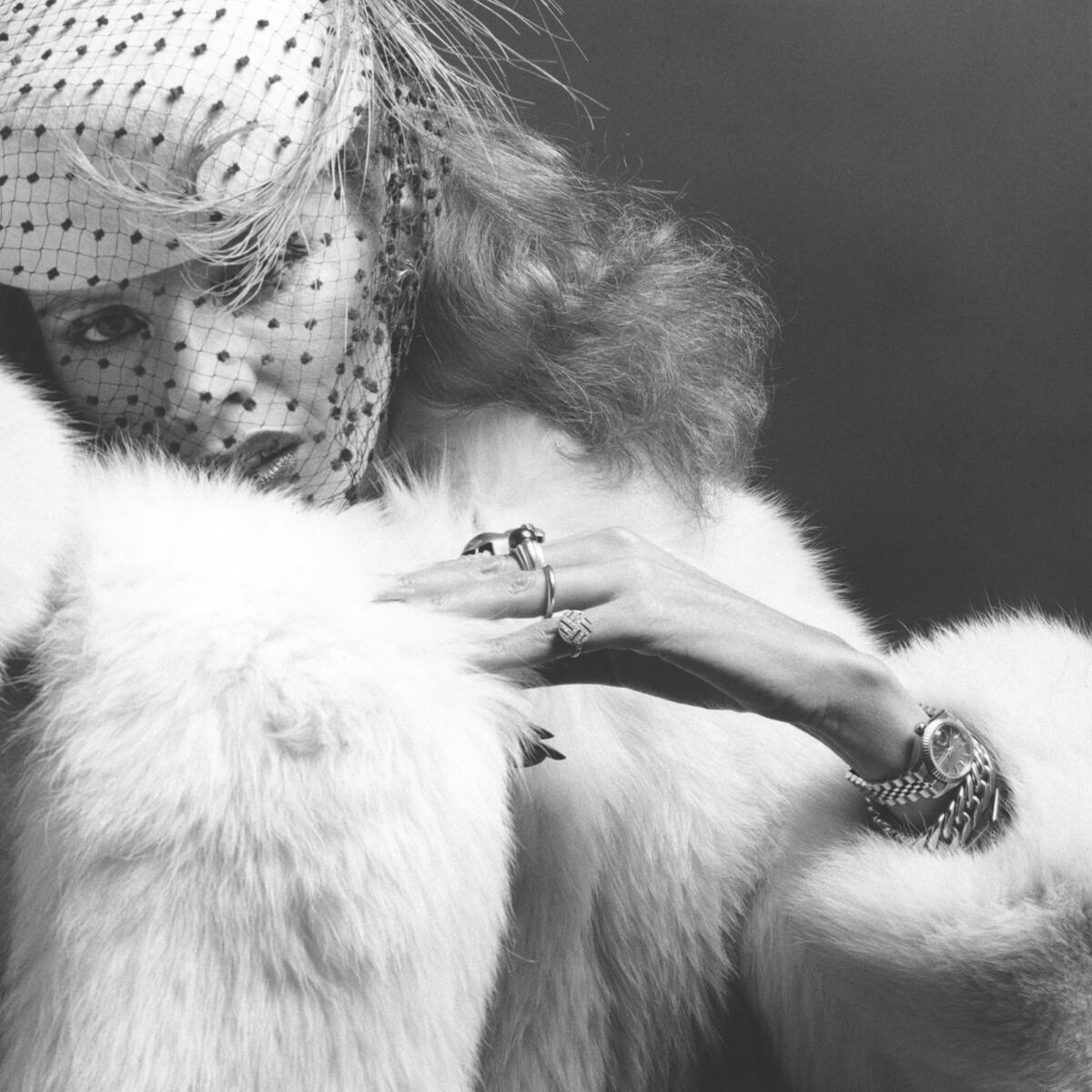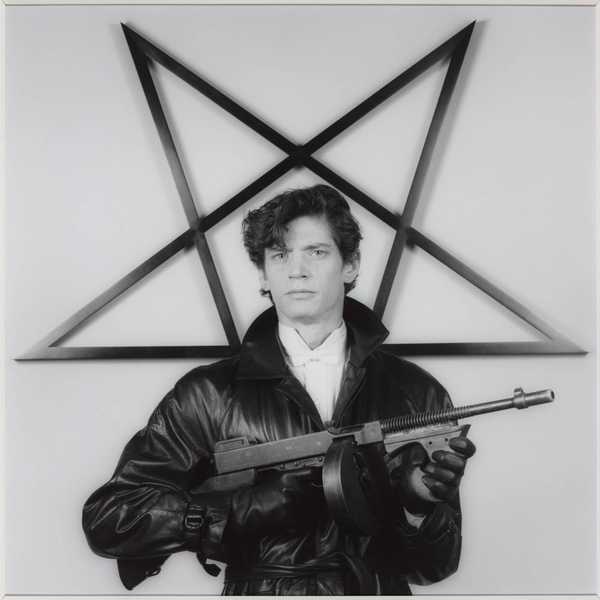Robert Mapplethorpe
To shine in society with Robert Mapplethorpe.
Conversation is the finest of entertainments,
if one name-drops the right elements.
The aesthetic duality of Robert Mapplethorpe, for instance.
A photographer who sculpted light and shadow to
capture the beauty of society’s sexually marginalized, akin
to the second circle of hell, likely inhabited by the coolest beings.
Bodies, flowers, fashion, portraits, sex, BDSM…
Robert Mapplethorpe sought to explore beauty in its purest and sometimes most provocative forms. Straight from the 70s New York underground.
Oh dear!
Statement N°1: "I seek perfection in form. I do that with portraits. I do that with dicks. I do that with flowers."
1. Robert Mapplethorpe's Unyielding Exploration. An aesthetic glance at the offensive — if an image of an erect penis can still be considered provocative.
With radical elegance, Robert Mapplethorpe captured the bodies and souls of those living on the fringe of WASP America — and Mapplethorpe never shied away from using his art as a mirror reflecting complexities and contradictions.
His works, of cold beauty, questioned notions of identity, desire, and mortality, all while challenging the social and sexual norms of an era where being gay, black, or different was a form of resistance. Yeah!
2. The Mapplethorpe Eye? The Codes of Classical Masters at the Service of Subjects Ostracized by the General Public.
Mapplethorpe excelled in the art of juxtaposing formal beauty
with provocative subjects.
Whether in his intimate portraits of Patti Smith or in his explorations of the human body, he always sought to balance impeccable aesthetics with content that defies expectations.
Robert Mapplethorpe wasn’t just a photographer.
He was a maestro of controversy, a visual poet — his male nudes, in particular, with their delicate balance between strength and tenderness, opened new possibilities in the perception of masculinity and eroticism. And we thanks him for this!
Statement °2: "I'm not looking for controversy. I'm looking for beauty."
3. A Herald of Identity and Freedom
Mapplethorpe never backed down from controversy;
He embraced it, transforming it into an art form unto itself.
His series on sadomasochism and male nudes sparked media storms and debates on freedom of expression, placing the artist at the center of a cultural battle for acceptance and recognition of sexual and artistic diversities.
In this battlefield, Mapplethorpe stood not only as an artist but as a warrior for the freedom of the soul and spirit.
In the tumult of 70s neglected New York, Mapplethorpe found his muses among the marginalized, the artists, the lovers, and the loners.
His portraits of Patti Smith, his companion Sam Wagstaff, and other figures of the New York underground are imbued with rare intimacy, capturing the very essence of their souls.
Through his lens, Robert Mapplethorpe celebrated identity in all its forms, embracing the complexity of human experience with raw tenderness!
4. Making the Discomfort with our own Nature Dance Away
For the photographer, the human body is a landscape rich in beauty and complexity, just like the most exquisite forms of nature.
Male nudes, genital organs, scenes from New York’s BDSM underground are not chosen to shock, but to reveal.
Statement N°3. Robert Mapplethorpe questions: why does the sight of genitalia disturb us more than that of a flower?
Is it because, in our society, sex is often wrapped in shame, secrecy, while the flower is a symbol of natural beauty, unquestioned and unquestionable?
His photography strips bare this dichotomy, shedding light on our internal contradictions, our discomfort with our own nature.
And that’s where Mapplethorpe hits the mark — he asks us to contemplate beauty in what we have learned to hide, to condemn.
Statement N°4: Sex, photographed with the same precision and care as a flower, becomes a celebration of life, an act of resistance against oppressive norms.
5. The 1989 “Perfect Moment“ Exhibition: His Grand Finale was a Cultural Turning Point
Imagine yourself in a gallery, surrounded by Mapplethorpe’s works.
Each photograph is an open door to a world where art meets eroticism, where light plays with shadows to reveal strength and vulnerability.
“The Perfect Moment” exhibition, though controversial,
marked a cultural turning point.
Held few months before his death from HIV, it highlights the importance of Mapplethorpe’s art in public debates on freedom of expression and LGBTQ+ rights.
Absolutely, cause Mapplethorpe, with his camera as a saber, sliced through conventions, leaving behind a treasure trove of images that continue to defy, inspire, and provoke.
His legacy is a manifesto in favor of freedom of expression, a plea for beauty in all its forms; a powerful reminder that art can and must disrupt the established order.
To Live and Love without Shame or Fear, Baby!
Credits
Self Portrait, 1983
Airia, 1979
Flower, 1985
Man in Polyester Suit, 1980
Patti Smith with her cat, 1974
The Power of Theatrical Madness, 1986
Thomas, 1987
Thomas and Dovanna, 1986
